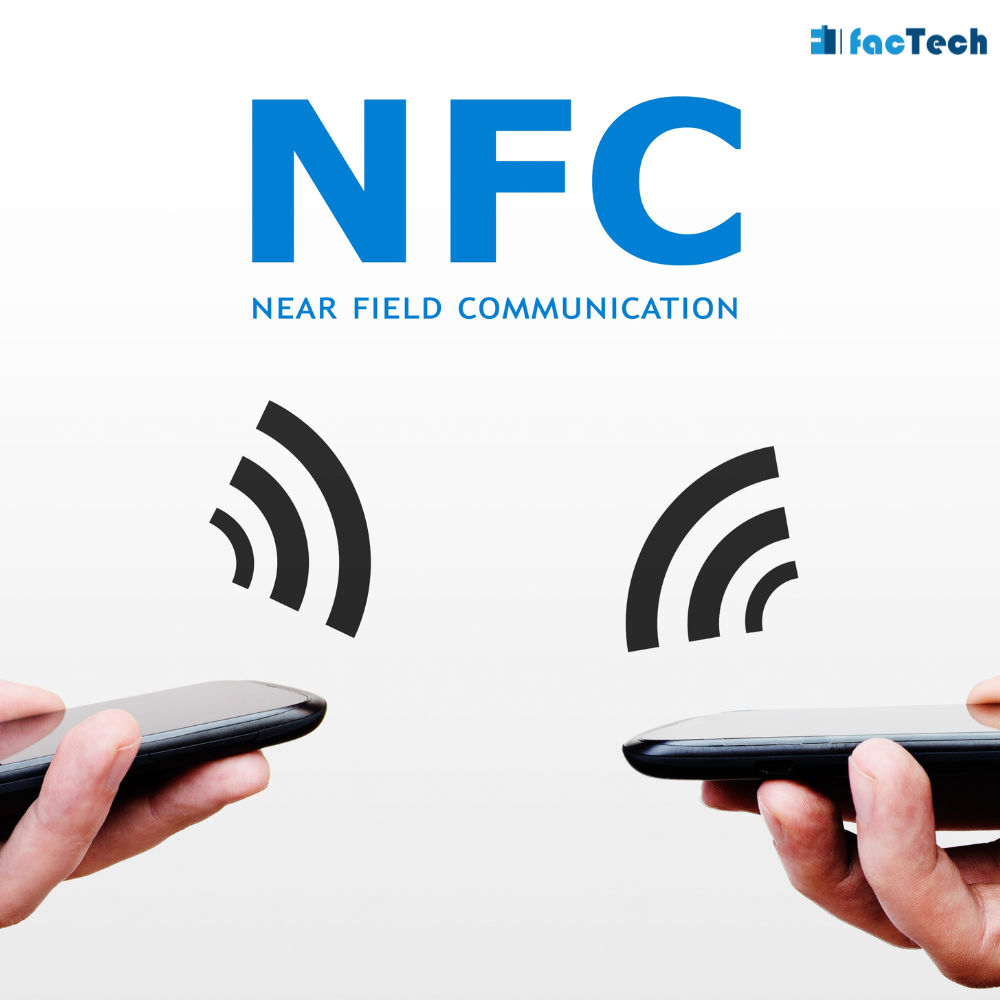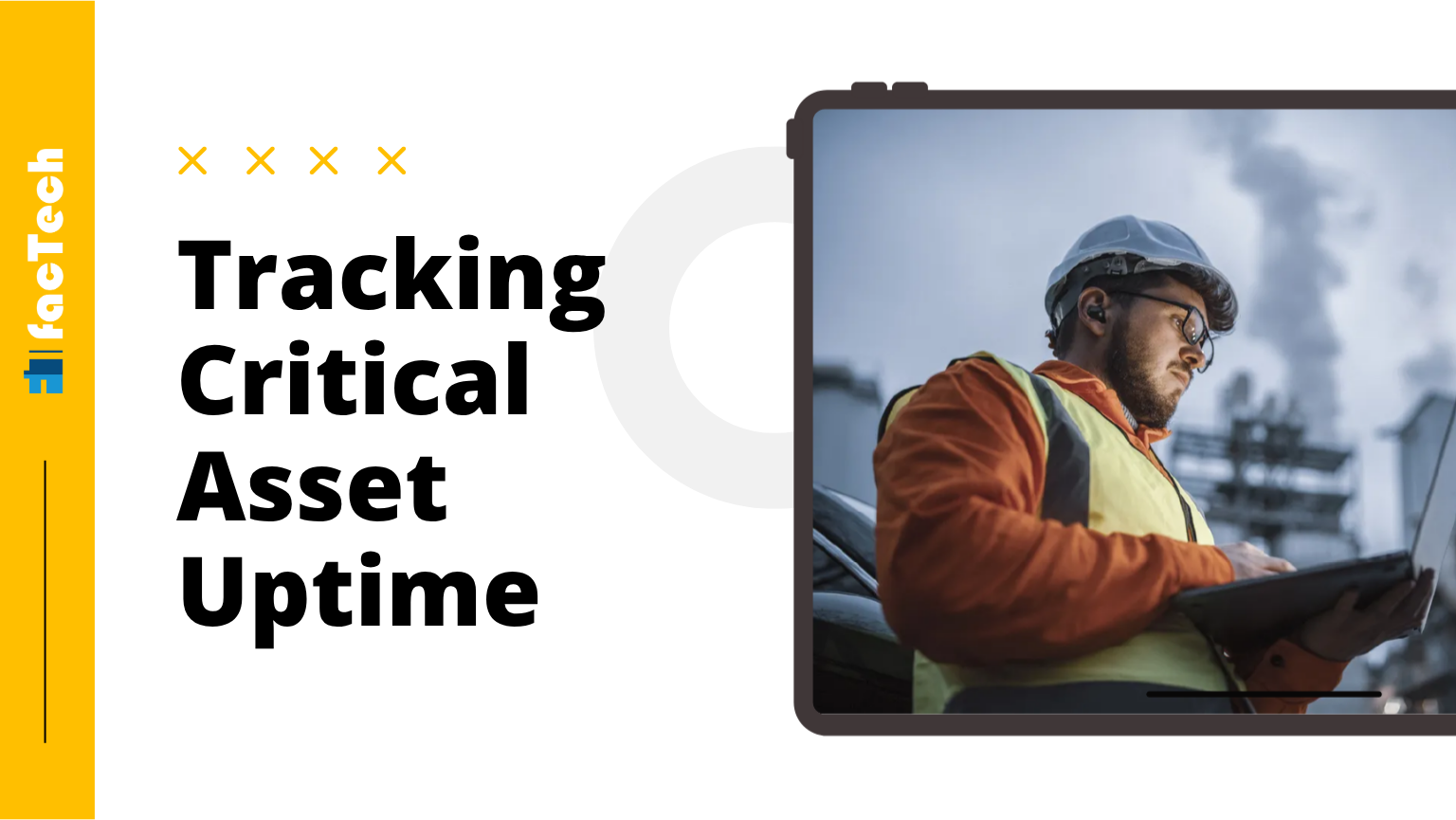NFC Tags For Asset Tracking: A Comprehensive Guide
Who would have imagined we would soon employ radio waves for asset management? Manual entry and barcode scanning are now remnants of the past as the new showstopper in town is NFC tags for asset tracking.
NFC tracking system is a trailblazer in asset management, blessing facility managers across the globe with a seamless way for asset tracking. In this blog, we’ll give you a quick rundown on whats, hows and whys of NFC tags for asset tracking. Fasten your seatbelts!
Essentials of NFC Tracking System
Did you know that we already use NFC in everyday life? Unsurprisingly, it’s a standard feature of the cellphone in your hand.
Or what about the live-saving cashless transactions? Yes, you guessed it right! They all run on NFC (Near Field Communication) technology. But how do NFC tags help in asset management? Let’s explore the capabilities of NFC tags. Here we go-

NFC tags boast a diverse array of memory spaces. These tags can store information like the asset’s unique identifier, maintenance history, and other relevant data. Moreover, NFC tags for asset tracking often flaunt a read/write feature. This allows you to update the data on the NFC asset tracking stickers. The ability to modify equips you with the power to imbibe changes into the asset’s profile over time.
Next up is the durability of the NFC tags for asset tracking. Before purchasing, ensure that the NFC asset tracking stickers are durable enough for the brutal outdoors. Another key consideration is the form factor which reflects the ease of affixing the NFC tags to the asset surfaces.
All the security breaches are out of the window when NFC tags and NFC tracking apps come with default security settings like encryption and authentication.
Learn more: Asset Tag Best Practices 2023
As promised, let’s now dive into the hows of NFC tags for asset tracking.
How Can You Use NFC Asset Tracking Systems?












